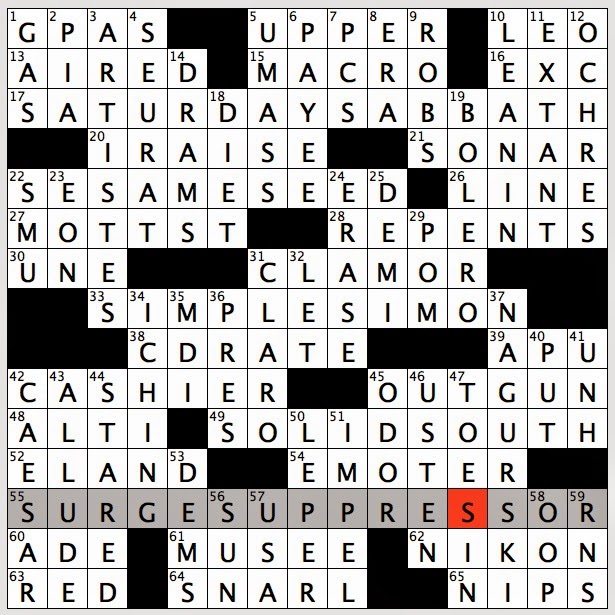


Sudoko: Gridded number game where every row and every column use the numbers once without repeating. Each letter tile is hexagon shape, so a player can choose six different directions to move on each letter letters can be reused. Five daily clues are given to help set the word path. Lexigo: Letter-tile game where each new word you spell must start with the last letter of your previous word. The difference is that all numbers in each cage must combine, using the listed math operation (addition, subtraction, multiplication and division) to produce the target number. Like Sudoku, all numbers 1 through 4 (in an easy puzzle) or 1 through 6 (in a challenging one) must be used without repetition in each row and column. The objective is to insert a digit from one to nine into each white cell so that the sum of the numbers matches the clue associated with it and that no digit is duplicated in any entry. Kakuro: Math logic puzzle played in a grid of cells, similar in some ways to a crossword. Words are arranged horizontally or vertically, one letter per square, so that most letters form part of two words. Here’s a look at a few different types of puzzles to stimulate the brain.Ĭrossword: Word puzzle made of a grid of squares and blanks where answers are written according to clues. “Solve it however you want.” So many types of puzzles Puzzles created by people usually have a common pun or theme, and part of the fun of the crossword is usually figuring out a theme.Īnd remember: “It’s your puzzle,” Ellison says. Choose a puzzle with someone’s name on it: That way you know it was made by a human and not a database, which means “someone put some thought into it,” Feyer says. “When I first started when I was a kid, at 6 years old you don’t know a lot of stuff, so I would get out my dictionary and see what does that word actually mean.”Ħ. Never abandon a puzzle: Even if you can’t finish it yourself, Google it or check answers and “figure out why that clue means that answer,” Ellison says. “In speed solving, I never look at a clue unless I have letters in it already.”ĥ. “Start with something you are sure of and work off of those letters,” Feyer says. Start with what you know: There’s no rule that says you must do all the clues across before tackling those that go down. “No crap like studying the dictionary.” Knowing a random fact may help a solver begin, but more important is to learn how each puzzle constructor thinks and pick up on patterns.Ĥ. “It’s all about just practicing,” Hinman says. You have to push yourself on the number of puzzles completed and the speed at which you complete them. Practice makes a perfect puzzler: If you want to get really good at a competitive level you can’t do one puzzle a day slowly, Ellison says. “Learning the syntax of how the clues work is a little like learning a different language,” Feyer says.ģ. Like the clue “First lady?” is not about a president’s wife, but instead may have the answer “Eve,” the biblical woman. If a clue has a question mark at the end, it is often something funny or unexpected. For example, if you see a clue followed by the word “briefly” or “in short,” it implies the answer is an abbreviation. Be word aware: Learn the words that come up most often and all the conventions, Hinman suggests.


 0 kommentar(er)
0 kommentar(er)
